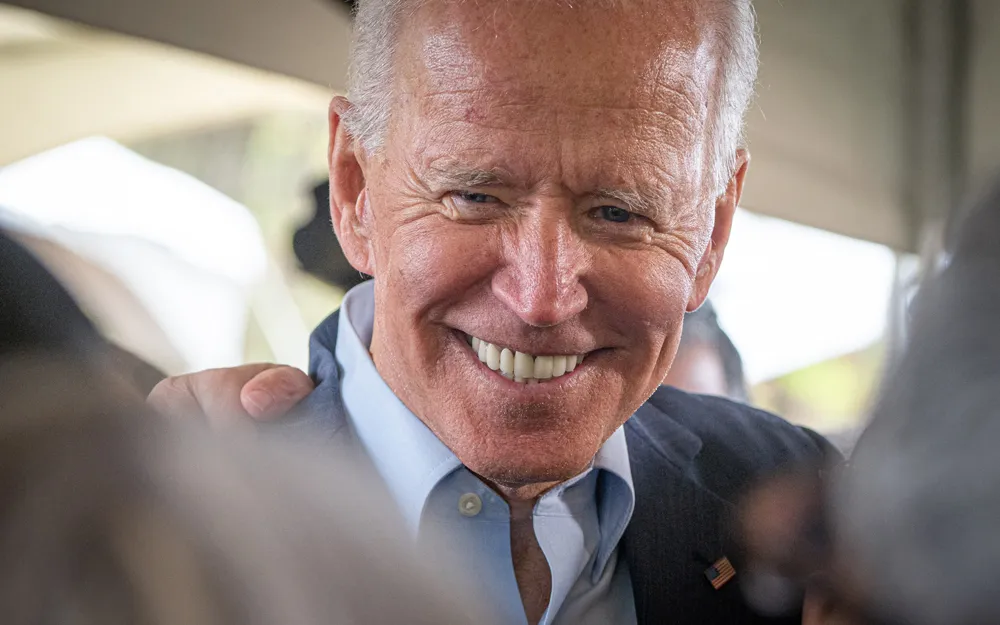The guide, Driving Towards Driverless: A Guide for Government Agencies, was researched and written by Lauren Isaac, manager of sustainable transportation at WSP/Parsons Brinckerhoff and the firm’s William Barclay.
According to Isaac, driverless vehicles have the potential to change all aspects of mobility – from driver safety and insurance liability to car ownership and how Americans commute—and could disrupt both public and private transportation as we know it. She says driverless vehicles will likely have a huge impact on our future; however, it is the government’s actions (now and in the future) that will determine how they are integrated into society and if the impacts are largely positive or negative. The guide aims to outline the role of government in the integration of driverless vehicles in society and present the information that local and regional governments need to inform planning and decision-making, now and in the future.
It offers an overview of emerging driverless technologies and examines how the introduction of driverless vehicles on the nation’s roads will impact future infrastructure planning and development. It addresses the government’s current role in driverless vehicles and proposes what needs to be done to accommodate the evolution of driverless vehicles in the near, medium, and long term. Recommendations are also made for the myriad of policies that must be addressed as part of the planning process.
“Driverless vehicles are coming, with or without government involvement, and there is no question that they will have a significant impact on society, potentially changing how we approach all aspects of life,” said Isaac. “Government at all levels has the opportunity to proactively establish goals and policies that can continue to support the driverless vehicle revolution while keeping the travelling public safe and mobile. If successful, the U.S. experience could be a model for other countries.”
“Driverless vehicles are already being road tested across the country, and it’s clear that state and local government officials need to prepare for their inevitable widespread presence on our roadways,” said John Porcari, president of US advisory services for WSP/Parsons Brinckerhoff.
WSP/Parsons Brinckerhoff releases primer on driverless vehicles
WSP/Parsons Brinckerhoff has released a guide for state, regional and local government officials in responding to the infrastructure and policy changes that the advent of driverless vehicles will require. The guide, Driving Towards Driverless: A Guide for Government Agencies, was researched and written by Lauren Isaac, manager of sustainable transportation at WSP/Parsons Brinckerhoff and the firm’s William Barclay. According to Isaac, driverless vehicles have the potential to change all aspects of mobility
March 1, 2016
Read time: 3 mins








